Writing practice Normal Letter Recognition Worksheets for Ages 3-8
6 filtered results
-
From - To
Introducing our "Writing Practice Normal Letter Recognition Worksheets" designed for ages 3-8! These engaging resources help young learners master letter recognition through enjoyable writing exercises. Each worksheet provides a variety of activities, encouraging kids to trace, write, and identify uppercase and lowercase letters, while reinforcing essential literacy skills. With colorful illustrations and adaptable difficulty levels, these worksheets cater to diverse learning styles and abilities. Perfect for homeschoolers, teachers, or casual at-home practice, our worksheets aim to boost confidence in early writers. Start your child’s journey towards letters and words today with our fun and effective writing practice worksheets!
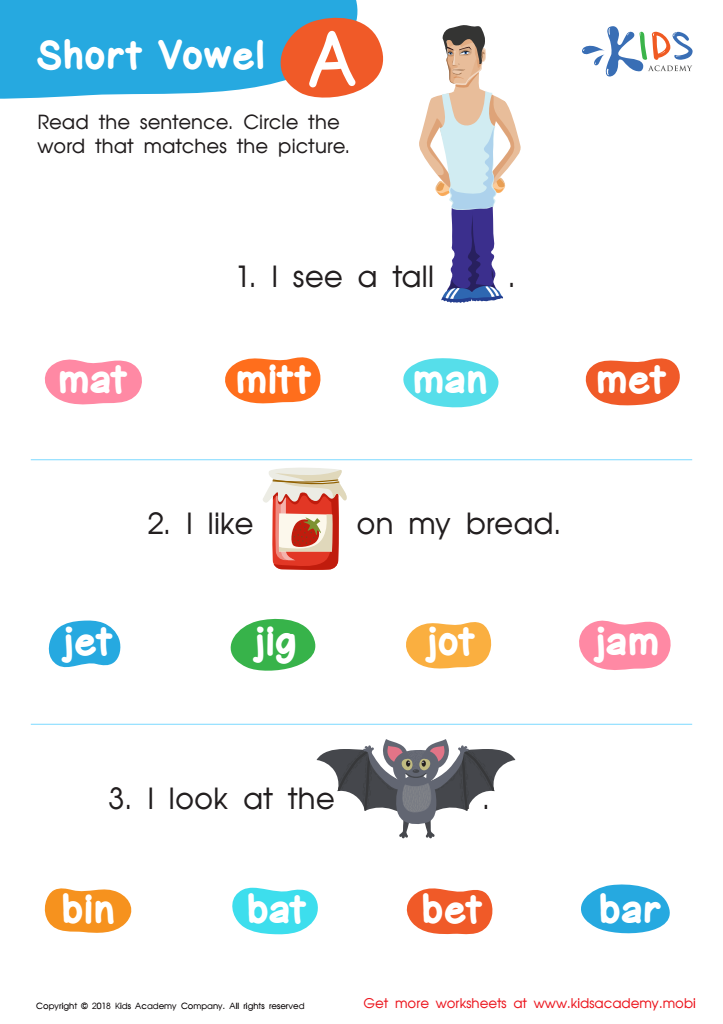

Short Vowel /a/ Worksheet
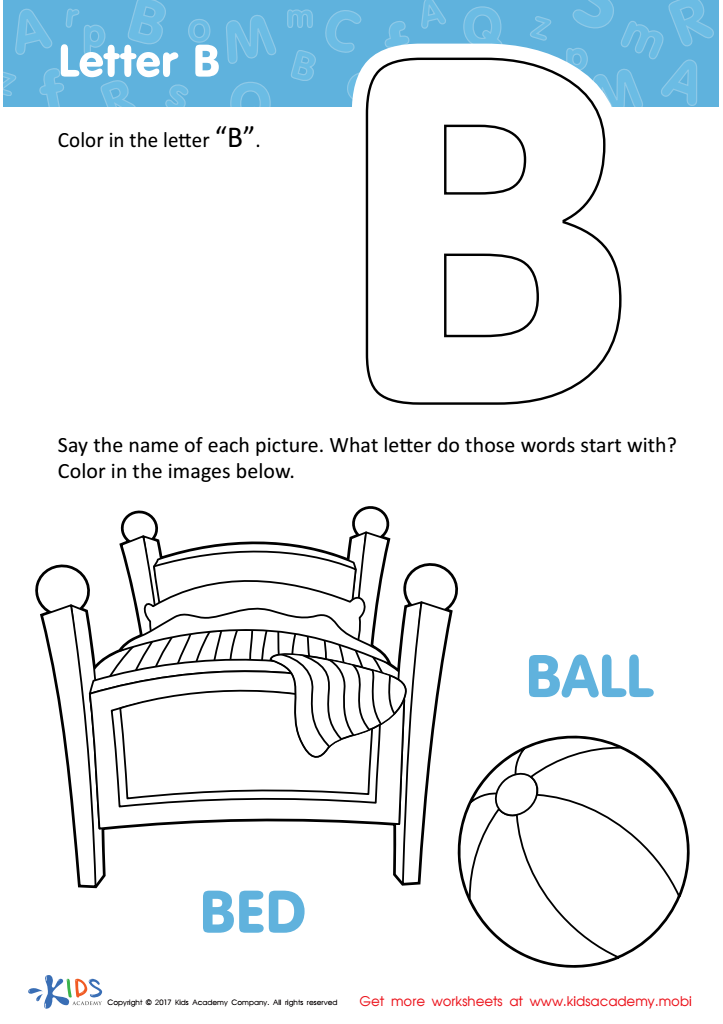

Letter B Coloring Sheet
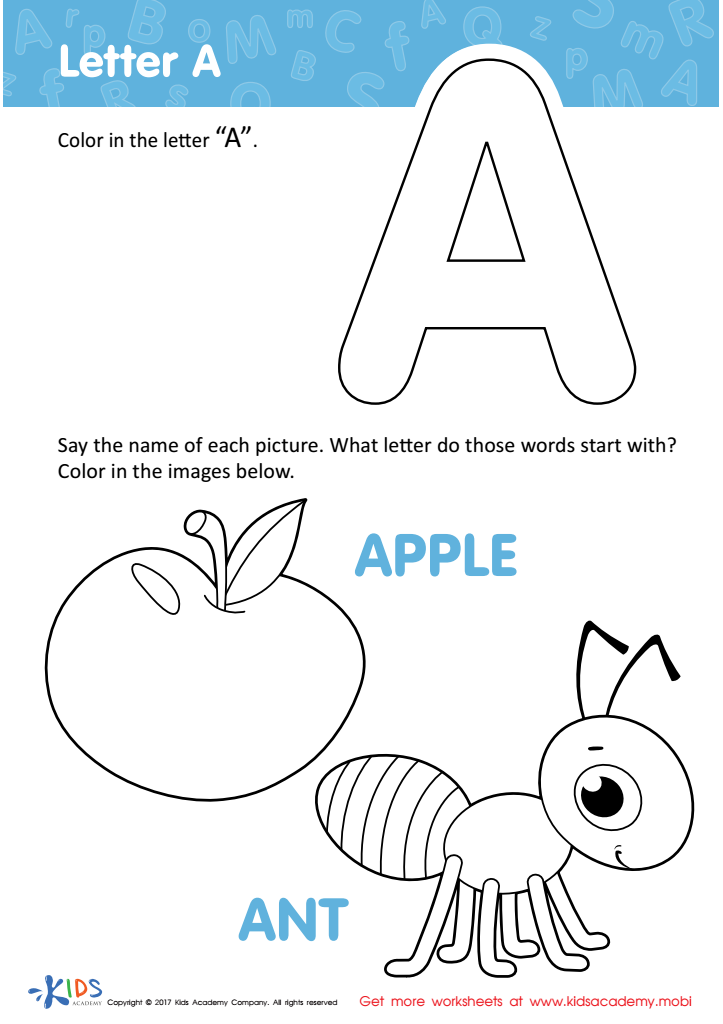

Letter A Coloring Sheet


Letter H Tracing Page
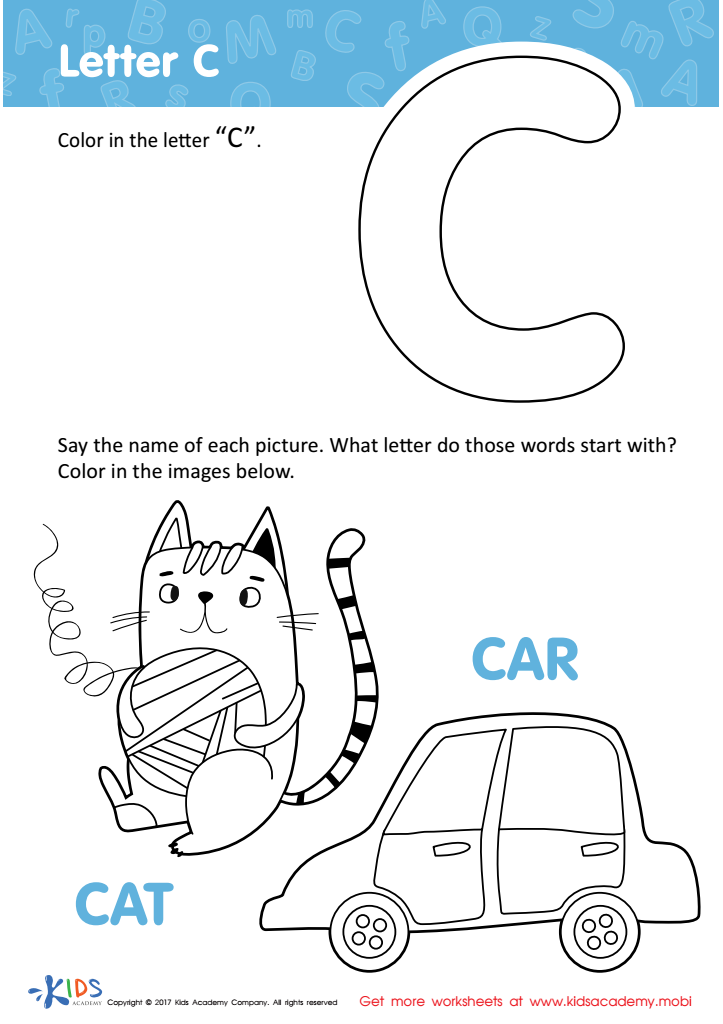

Letter C Coloring Sheet
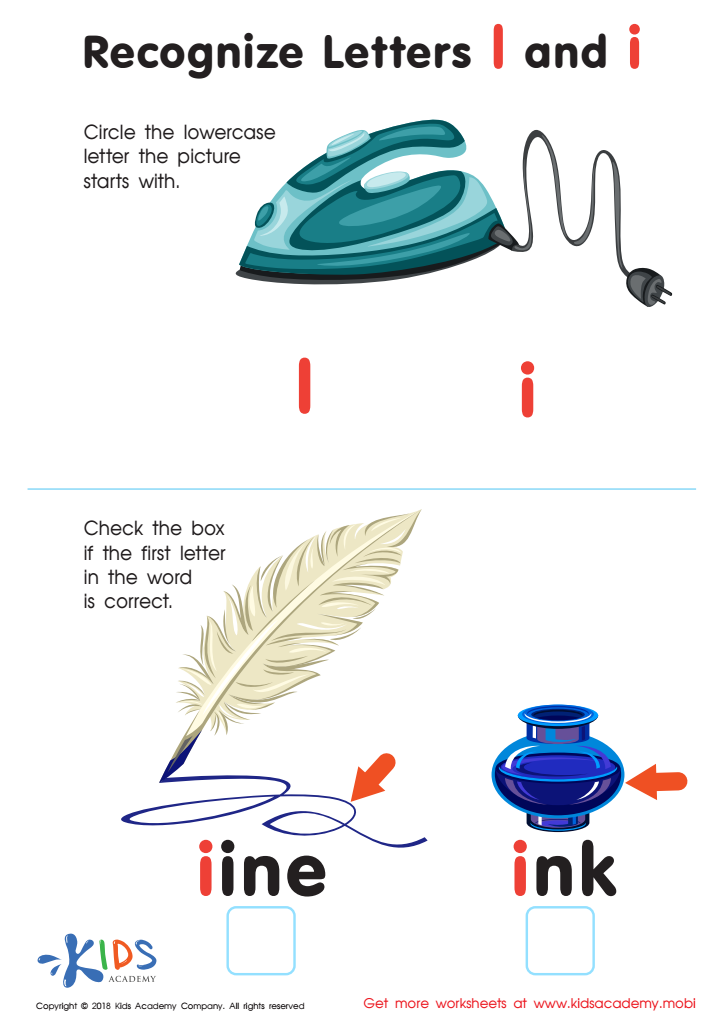

Recognize Letters l and i Worksheet
Writing practice and normal letter recognition are crucial components of early childhood education for children aged 3-8. During these formative years, children develop foundational literacy skills that significantly impact their academic future. Engaging young learners in writing practice helps them master the formation of letters, which enhances their ability to read and spell, laying the groundwork for effective communication.
Normal letter recognition plays a pivotal role in language development. Children who can recognize letters can identify sounds, decode words, and eventually construct sentences. This skill boosts their confidence and encourages them to engage more with written text, fostering a love for reading that sets the stage for lifelong learning.
Moreover, writing practice cultivates fine motor skills as young learners grip pencils and form letters. This hand-eye coordination is vital not only for writing but also for various activities throughout their lives. Parents and teachers fostering these skills contribute to building critical cognitive pathways, promoting creativity, and enhancing children's overall literacy development.
In summary, supporting writing practice and letter recognition in children aged 3-8 is essential. It empowers them with the tools necessary for academic success and instills a passion for learning that can last a lifetime.
 Assign to My Students
Assign to My Students

















